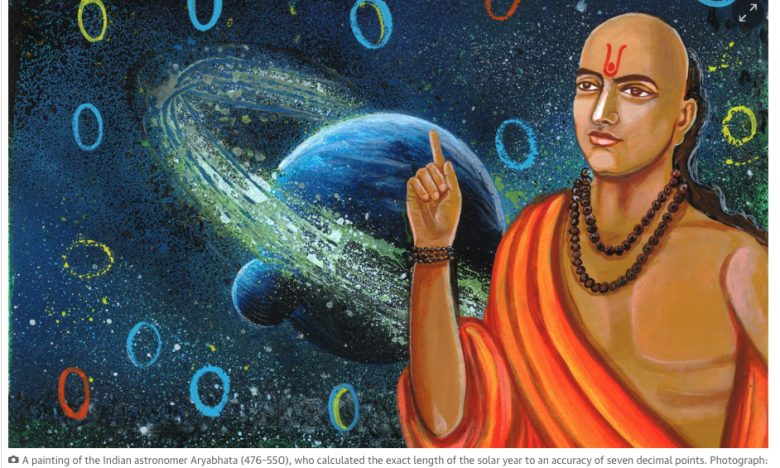UNITED KINGDOM, September 1, 2024 (The Guardian): In 628 ce, an Indian sage living on a mountain in Rajasthan made one of the world’s most important mathematical discoveries. The great mathematician Brahmagupta (598–670) explored Indian philosophical ideas about nothingness and the void, and came up with the treatise that more or less invented – and certainly defined – the concept of zero. Brahmagupta was born near the Rajasthan hill station of Mount Abu. When he was 30 years old, he wrote a 25-chapter treatise on mathematics that was immediately recognized as a work of extraordinary subtlety and genius. He was the first mathematician to treat the circular zero symbol – originally just a dot – as a number just like the others, rather than merely as an absence, and this meant developing rules for doing arithmetic using this additional symbol along with the other nine. These basic rules of mathematics for the first time allowed any number up to infinity to be expressed with just 10 distinct symbols: the nine Indian number symbols devised by earlier generations of Indian mathematicians, plus zero. These rules are still taught in classrooms around the world today.
Although we in the west are almost entirely unaware of it, Indian learning, religious insights and ideas are among the crucial foundations of our world. Like ancient Greece, ancient India came up with a set of profound answers to the big questions about what the world is, how it operates, why we are here and how we should live our lives. What Greece was first to Rome, then to the rest of the Mediterranean and European world, so at this period India was to south-east and central Asia and even to China, radiating out and diffusing its philosophies, political ideas and architectural forms over an entire region, not by conquest but instead by sheer cultural allure and sophistication. For a millennium and a half, from about 250 BC to 1200, India was a confident exporter of its own diverse civilization, creating around it an empire of ideas that developed into a tangible “Indosphere”, where its cultural influence was predominant. Out of India came not just pioneering merchants, astronomers and astrologers, scientists and mathematicians, doctors and sculptors, but also the holy men, monks and missionaries of several distinct strands of Indic religious thought and devotion, Hindu and Buddhist.
Much more at source.
https://www.theguardian.com/world/article/2024/sep/01/hidden-story-ancient-india-west-maths-astronomy-historians
A daily summary of world news for Hindus and non-Hindus alike

